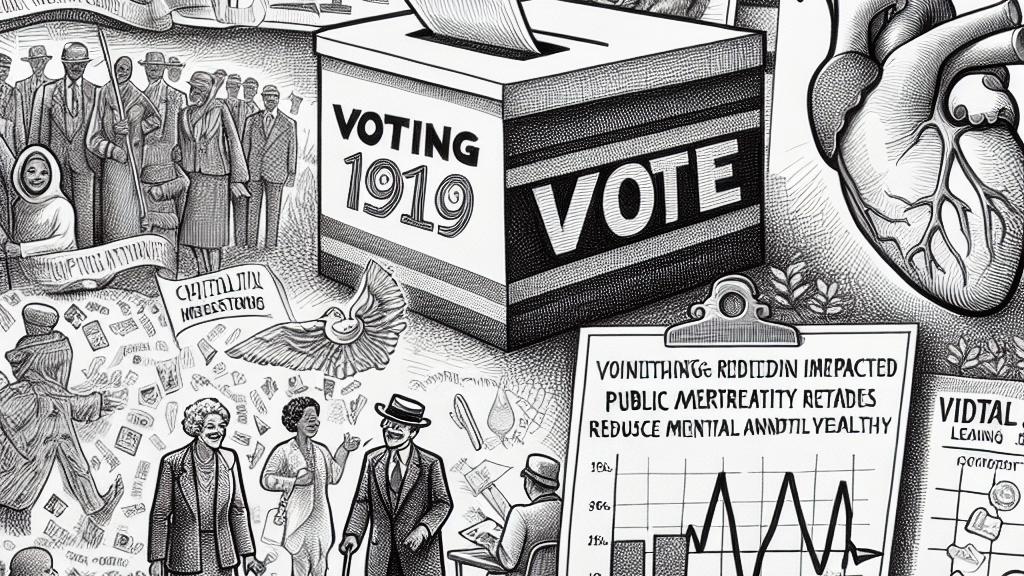The Interplay Between Voting and Health in Democracy
Overview
- Voting is a powerful tool that can drive community health improvements.
- Health issues often prevent individuals from voting, perpetuating democratic inequalities.
- Healthcare organizations are crucial in fostering civic engagement and voter participation.

Voting and Public Health: A Vital Connection
In the vibrant landscape of the United States, the connection between voting and public health emerges as a crucial narrative that underscores the foundations of democracy. Voting is not merely a rite of citizenship but a powerful catalyst capable of transforming community health outcomes. Consider the endorsement of this idea by esteemed organizations like the American Heart Association, which firmly believes that civic participation is intricately linked to both mental and physical well-being. A poignant historical case is the milestone achieved in 1920, when women won the right to vote. This monumental change led to the implementation of groundbreaking public health initiatives, resulting in a dramatic reduction in child mortality rates, saving around 20,000 lives annually. Such lasting impacts serve as a compelling reminder that every vote can shape policies that safeguard the health of communities today and for generations to come.
Health’s Influence on Voting Behavior: A Complex Challenge
On the flip side, an individual’s health status plays a significant role in their likelihood to vote, revealing a complex interplay that can impact democratic engagement. Research shows that those facing chronic illnesses, whether physical ailments or mental health conditions, often struggle to participate in elections. Imagine a young adult suffering from anxiety; the crowded atmosphere of a polling place may seem daunting, causing them to forgo their right to vote. Moreover, areas burdened with high rates of poor health typically exhibit dismally low voter turnout. For example, counties with limited access to medical care often find their residents' voices muted in the electoral process. This lack of participation can lead not only to neglect of pressing health issues but also to policies that fail to address the needs of these communities. Hence, the relationship between health and voting is one of profound significance and urgency.
Empowering Voter Participation Through Healthcare Initiatives: A Collective Responsibility
In response to these challenges, healthcare organizations stand at the forefront of efforts to enhance voter engagement. By launching innovative outreach programs and community initiatives, these organizations can bridge the gap between health and civic participation. For instance, they might organize transportation services for those unable to reach polling sites or conduct workshops aimed at demystifying the voting process. Such initiatives not only empower individuals but also help create a culture of involvement. Furthermore, by sharing vital information about health-related policies and candidates’ positions, these organizations can equip voters with the knowledge they need to make informed choices. Ultimately, when efforts are made to dismantle barriers and foster inclusivity, a healthier, more engaged electorate emerges. This powerful synergy between health and voting reinforces the importance of promoting systemic change, ensuring that every citizen's voice is valued in a truly representative democracy.

Loading...